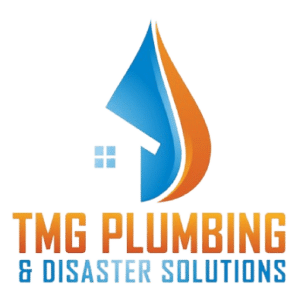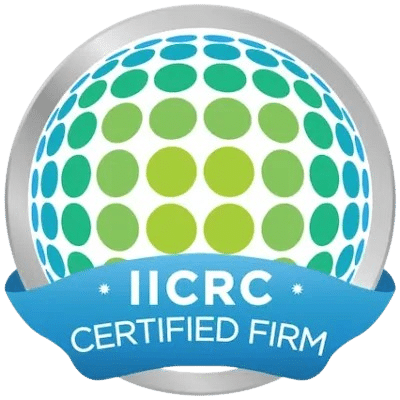Mold is a common household problem that can have detrimental effects on your health and property. When facing a mold issue, it’s essential to understand the options available for addressing it. Two primary approaches are often discussed: mold remediation and mold removal. In this blog post, we will dive deep into these two methods, helping you grasp the key differences, their pros and cons, and which one might be the right choice for your specific situation.
Mold Remediation
Mold remediation is a comprehensive process aimed at not only removing mold but also addressing the underlying causes of its growth. Here’s a breakdown of what mold remediation entails:
Assessment
The first step in mold remediation is to identify the extent of the mold problem. This involves inspecting the affected areas, measuring humidity levels, and locating the source of moisture that fuels mold growth.
Containment
To prevent the spread of mold spores to unaffected areas, professionals use containment measures, such as sealing off the contaminated space and setting up negative air pressure.
Mold Removal
While mold removal is a component of remediation, it’s not the sole focus. Professionals use advanced techniques and equipment to safely and completely remove the mold, including HEPA vacuums, antimicrobial treatments, and physical removal.
Source Elimination
Remediation goes beyond mold removal by addressing the root cause of mold growth, such as repairing leaks, improving ventilation, and eliminating excess moisture.
Preventative Measures
To prevent future mold issues, remediation may involve implementing preventive measures like dehumidification, better insulation, and regular inspections.
Mold Removal
Mold removal, on the other hand, is a more straightforward process focused solely on eliminating the visible mold from surfaces. Here’s what you need to know about mold removal:
Surface Cleaning
Mold removal primarily involves cleaning and sanitizing surfaces contaminated with mold. This may include scrubbing, using mold-specific cleaning agents, and sometimes removing and replacing affected materials.
No Underlying Issue Addressed
Unlike remediation, mold removal does not address the root causes of mold growth. It is a short-term solution that deals with the visible mold but doesn’t prevent its return if the underlying issue persists.
DIY vs. Professional
While small-scale mold removal can be done by homeowners, more extensive infestations typically require professional assistance due to safety concerns and the need for specialized equipment.
Which One to Choose?
The choice between mold remediation and mold removal depends on the severity of the mold issue, the underlying causes, and your long-term goals. In many cases, mold remediation is the recommended approach, as it not only removes the existing mold but also prevents its return by addressing the moisture source. Mold removal may be appropriate for minor, isolated cases.
In the battle against mold, understanding the difference between mold remediation and mold removal is crucial. While both approaches serve their purpose, the decision should be based on the specific circumstances you’re dealing with. For extensive or recurring mold problems, opting for professional mold remediation is often the wisest choice. However, for small-scale, localized issues, mold removal might be sufficient. Always consult with a mold specialist to determine the best course of action for your unique situation and ensure a healthier, mold-free environment for your home or business.
Discover the crucial distinctions between mold remediation and removal. Contact TMG Companies LLC for expert guidance. Safeguard your property and health with our comprehensive mold services today!




